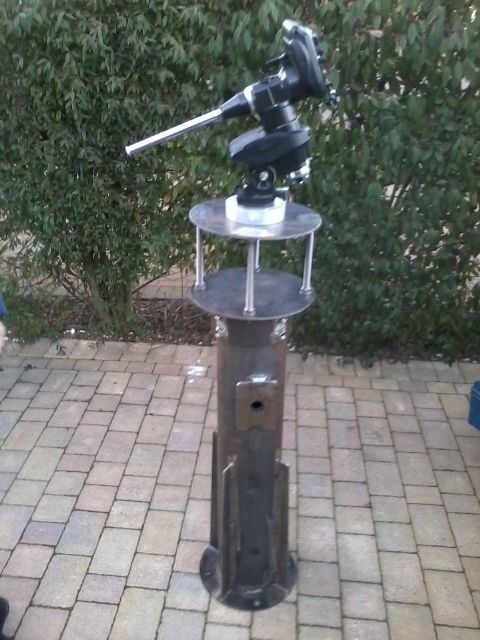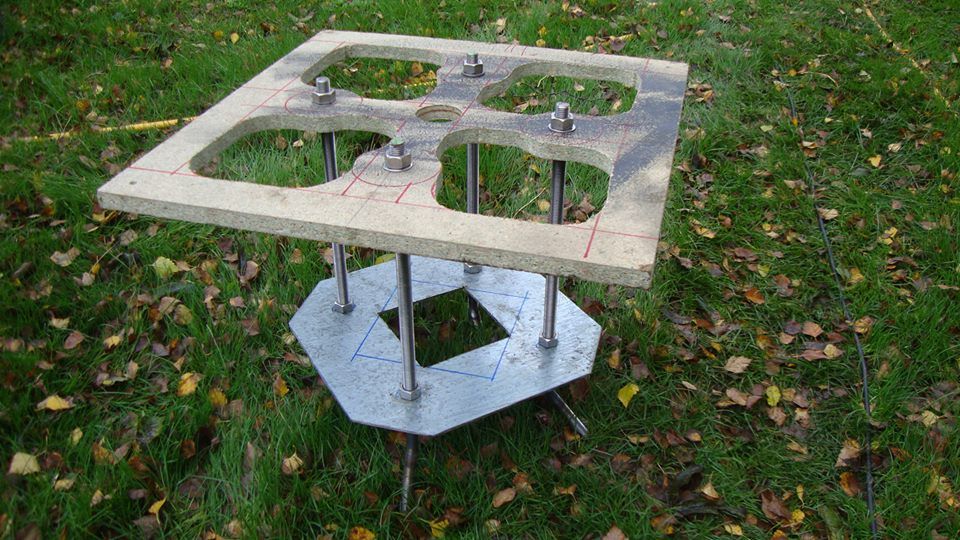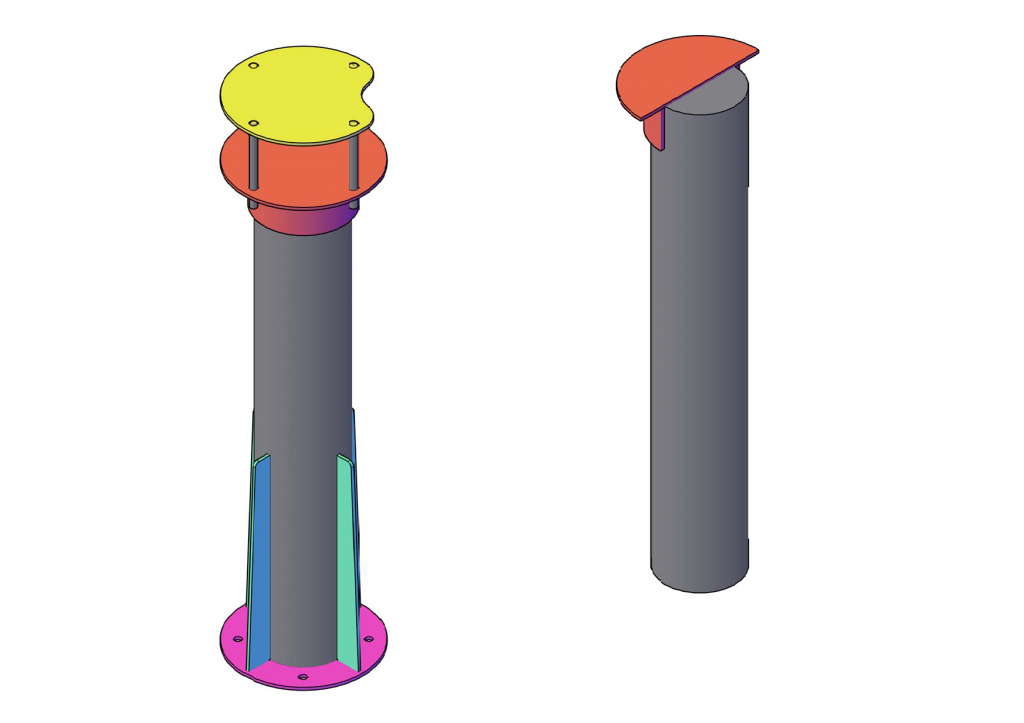S
sharpie78
Guest
Hi all, I need some advice please.
I've just built a shed/observatory and have a consumer unit in there with a 40A RCD in it (it says it's a garage csu on the box).
It's got a 32A MCB and a 6A MCB in it.
32A MCB has 4 x 2G sockets on a ring main with a 13A fused/switched spur on a radial circuit off one of the sockets.
6A MCB only has 2 low wattage light on it.
Cable run from house to shed is 10metres. Cable used is 4mm SWA.
Load will only ever be computer/monitors/telescope/camera/occasional use of kettle and occasional use of a fan heater.
My sparky mate said all this will be fine but i just wanted to get a 2nd opinion please.
The other things I wanted to check was :
what goes in the csu in the house please ? 40A MCB or 40A RCD or 32A MCB etc etc ?
does the shed/observatory need it's own earth spike in the ground ?
any advice/help greatly appreciated



I've just built a shed/observatory and have a consumer unit in there with a 40A RCD in it (it says it's a garage csu on the box).
It's got a 32A MCB and a 6A MCB in it.
32A MCB has 4 x 2G sockets on a ring main with a 13A fused/switched spur on a radial circuit off one of the sockets.
6A MCB only has 2 low wattage light on it.
Cable run from house to shed is 10metres. Cable used is 4mm SWA.
Load will only ever be computer/monitors/telescope/camera/occasional use of kettle and occasional use of a fan heater.
My sparky mate said all this will be fine but i just wanted to get a 2nd opinion please.
The other things I wanted to check was :
what goes in the csu in the house please ? 40A MCB or 40A RCD or 32A MCB etc etc ?
does the shed/observatory need it's own earth spike in the ground ?
any advice/help greatly appreciated








